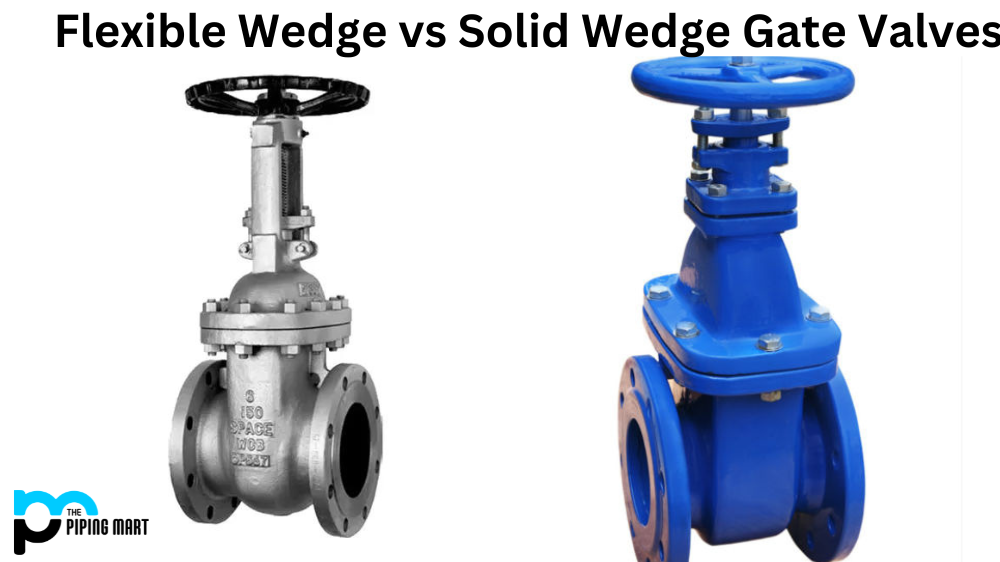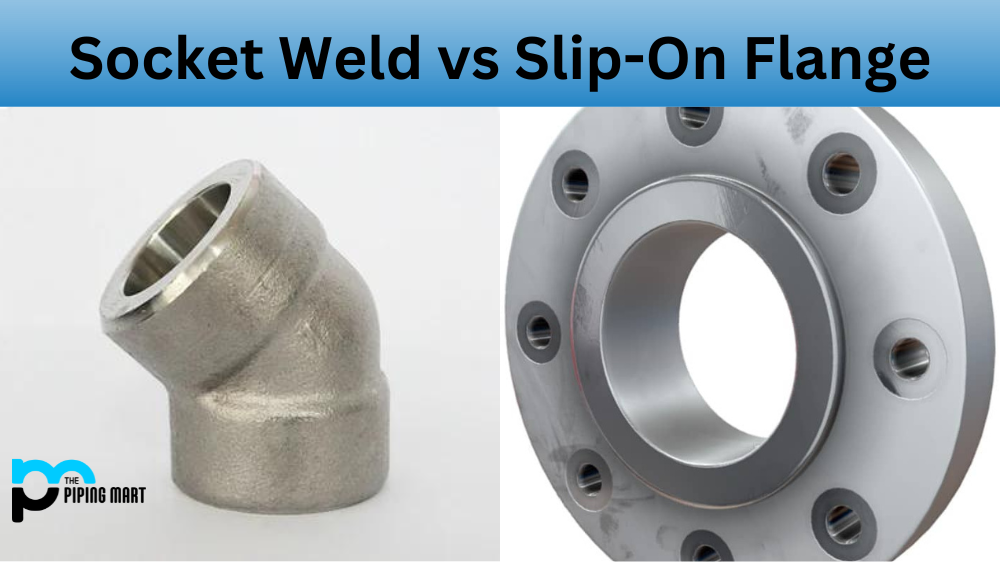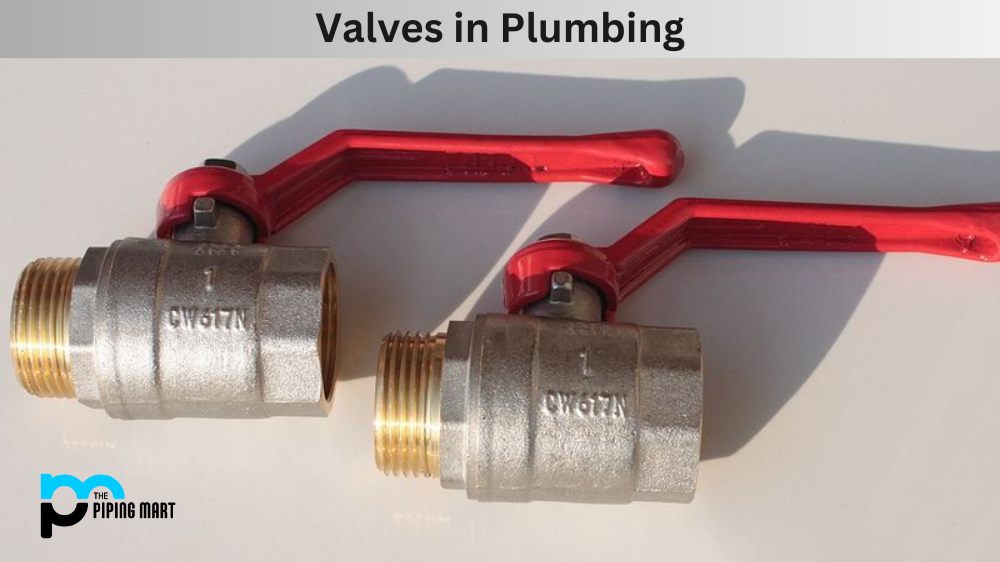When working with high-pressure systems, you need to ensure that those systems are safe and secure. Many rely on valves, such as pressure relief and safety valves. While these two valves may appear similar at first glance, they have some key differences. Let’s examine both of these valves to understand what makes them so different.
Pressure Relief Valve
Pressure relief valves (PRVs) release excess gas or liquid when a set pressure is exceeded. Most PRVs are designed to open at a specific pressure level and close when the system returns to normal operating conditions. They can be used in various applications, including boilers, compressors, tanks, and pumps. It is important to note that PRVs should only be used for non-hazardous applications because they cannot contain any material that could create a dangerous situation.
Pressure Safety Valve
Pressure safety valves (PSVs) are designed for use in hazardous applications with a risk of fire or explosion if the system becomes overpressurized. Unlike PRVs, PSVs remain open until the system has returned to its normal operating conditions—even if this means releasing large amounts of hazardous material into the atmosphere. For this reason, PSVs must be carefully monitored and maintained to prevent accidents from occurring. PSVs are also usually larger than PRVs since they must be able to handle more significant volumes of fluid or gas.
Difference Between Pressure Relief Valve and Pressure Safety Valve
- Pressure relief valves relieve pressure in a system by allowing fluid to flow from the system to a safe location.
- Pressure safety valves prevent pressure in a system from exceeding a safe limit by automatically releasing fluid from the system.
- Pressure relief valves are typically used in systems not designed to withstand high pressures, such as boiler systems.
- Pressure safety valves are typically used in systems designed to withstand high pressures, such as pressure vessels and pipelines.
- Pressure relief valves are typically set to open at a specific pressure, while pressure safety valves generally open at a specific percentage of the maximum allowable pressure.
- Pressure relief valves are typically installed in locations where they can be easily accessed for maintenance. In contrast, pressure safety valves are usually installed in locations where the released fluid will not damage them.
Conclusion:
When it comes to protecting your high-pressure system from overpressure situations, there are two main types of valves you can choose from pressure relief valves and pressure safety valves. While both types of valves serve similar functions—releasing excess gas or liquid before it causes damage—they differ in how they operate and what kind of applications they can use safely. When selecting between these two types of valves for your application, consider their differences carefully so you can make an informed decision about which is best for you!

Pipingmart is a B2B portal that specializes in metal, industrial and piping items. Additionally, we share the latest information and information about materials, products and various types of grades to assist businesses that are involved in this business.




